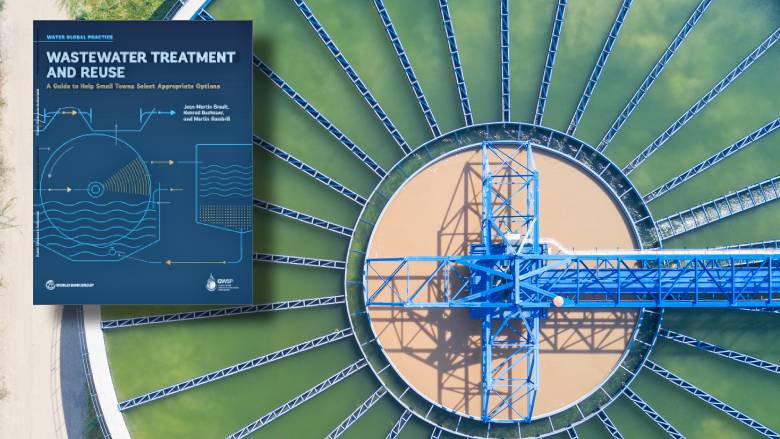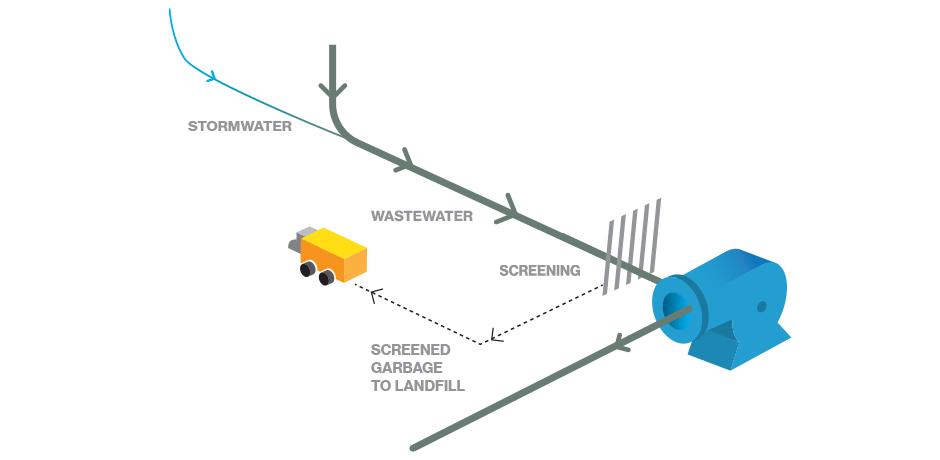Optimizing Drainage Treatment Procedures: Strategies for Improved Water High Quality and Source Healing
In the world of wastewater treatment, the mission for boosting efficiency and sustainability with procedure optimization is a continuous search that holds immense value. By focusing in on approaches tailored to raise water top quality while simultaneously using valuable resources, therapy plants can address pressing ecological problems while unlocking economic advantages. From cutting-edge innovations to cutting-edge resource healing techniques, the landscape of wastewater therapy is developing quickly. As we explore the complexities of maximizing these processes, a world of opportunities emerges that guarantees not just cleaner water but likewise a much more lasting future.
Importance of Process Optimization
Maximizing waste water therapy procedures via careful procedure optimization is vital for taking full advantage of efficiency and making certain environmental sustainability. By fine-tuning each action of the therapy procedure, from preliminary consumption to final discharge, water therapy centers can attain greater degrees of pollutant elimination, lower power usage, and reduce the generation of waste by-products. Refine optimization entails assessing crucial performance indicators, such as hydraulic retention times, sludge retention times, and nutrient degrees, to determine areas for renovation and apply targeted options.
Efficient procedure optimization not just boosts the overall performance of waste water treatment plants yet likewise adds to cost savings and governing compliance. By optimizing processes, drivers can accomplish higher treatment capabilities without the demand for significant infrastructure investments. In addition, boosted treatment performance causes cleaner effluent discharge, decreasing the ecological impact on obtaining water bodies and ecological communities.

Advanced Therapy Technologies
In the realm of drainage treatment, the application of advanced treatment modern technologies plays a critical duty in enhancing the general performance and effectiveness of the therapy procedures. These innovative modern technologies provide ingenious solutions to deal with intricate impurities present in wastewater streams, making sure the elimination of pollutants to satisfy rigorous water quality standards. Advanced treatment procedures such as membrane layer bioreactors, ozonation, advanced oxidation processes, and turn around osmosis make it possible for the comprehensive removal of pollutants, consisting of arising pollutants like drugs and personal treatment items.
In addition, these technologies facilitate resource healing by drawing out valuable materials such as phosphorus, nitrogen, and energy from the wastewater. Progressed nutrient elimination modern technologies can recoup phosphorus and nitrogen for reuse in farming plant foods, while power healing systems like anaerobic digestion can harness biogas for electrical energy generation. By integrating sophisticated therapy modern technologies into wastewater therapy plants, drivers can improve water quality, decrease ecological influence, and relocate towards a much more sustainable and resource-efficient approach to wastewater management.
Source Healing Methods
Resource recovery methods in wastewater treatment procedures play an important role in optimizing the usage of valuable sources consisted of within wastewater streams. These techniques aim to remove and reuse materials such as nutrients, power, and water from the wastewater, transforming what was once taken into consideration waste right into valuable sources. One common resource recovery method is the extraction of nutrients like phosphorus and nitrogen from wastewater for reuse as plant foods or in industrial procedures. Additionally, power recovery approaches such as anaerobic digestion and biogas manufacturing help harness the power potential of raw material in wastewater to create power or heat.
Water recovery methods, such as membrane layer technologies and progressed purification systems, enable the treatment and reuse of water for non-potable applications like watering or commercial processes. By carrying out source recovery methods in wastewater therapy plants, not just can valuable resources be preserved and recycled, but the general sustainability and effectiveness of the therapy process can be substantially boosted. As the emphasis on resource scarcity and ecological sustainability proceeds to expand, the importance of integrating resource recovery techniques into wastewater treatment processes ends up being significantly noticeable.
Sustainable Practices in Wastewater Treatment
Lasting techniques in wastewater treatment encompass a range of approaches intended at lessening the environmental influence of therapy processes while making best use of source healing. One key facet of lasting wastewater treatment is the execution of energy-efficient innovations to decrease the carbon impact of therapy plants.
Additionally, the fostering of sophisticated treatment modern technologies that promote water reuse and recycling plays a crucial duty in sustainable wastewater monitoring. By treating wastewater to a high criterion, it can be repurposed for different non-potable applications, such as watering, industrial procedures, and even potable water manufacturing in some cases. This not just saves valuable freshwater sources but additionally decreases the quantity of effluent discharged right into the atmosphere.

Case Studies on Successful Optimization
As wastewater treatment centers significantly concentrate on lasting practices, real-world situation research studies showcasing successful optimization methods function as indispensable designs for market improvement. One such situation research study rotates around the application of sophisticated nutrient elimination innovations in a local wastewater treatment plant. By integrating biological nutrient removal processes and maximizing functional criteria, the center accomplished significant reductions in nitrogen and phosphorus degrees released right into getting waters, eventually improving overall water top quality.
An additional significant situation study involves the integration of anaerobic food digestion systems in a commercial wastewater treatment plant to enhance power recovery and source performance (Waste Water Treatment). With the digestion of organic waste materials, the center not only generated biogas for power production however also reduced the quantity of sludge needing disposal. This dual advantage not only boosted the plant's sustainability efficiency but additionally led to cost financial savings
These successful optimization strategies show the capacity for wastewater therapy facilities to achieve both my company ecological and economic advantages through reliable procedures and ingenious strategies. By picking up from these study, industry experts can further enhance their own operations to boost water quality and source recovery.
Final Thought
To conclude, enhancing drainage treatment procedures through sophisticated technologies, resource recuperation techniques, and sustainable techniques is vital for improving water high quality and taking full advantage of source healing. Waste Water Treatment. Instance studies have actually shown successful execution of optimization techniques in numerous wastewater treatment facilities. By proceeding to prioritize procedure optimization, we can here make certain efficient and efficient treatment of wastewater, inevitably resulting in a more ecologically pleasant and sustainable method to handling water sources
By fine-tuning each action of the treatment process, from preliminary consumption to last discharge, water treatment facilities can attain higher levels of pollutant removal, minimize power consumption, and minimize the generation of waste by-products.In the realm of waste water therapy, the execution of advanced treatment technologies plays a critical duty in boosting the total performance and effectiveness of the treatment processes. By incorporating sophisticated therapy modern technologies right into wastewater treatment plants, operators can improve water quality, reduce ecological influence, and relocate towards a much more resource-efficient and sustainable approach to wastewater monitoring.
By applying source healing techniques in wastewater therapy plants, not only can important resources be preserved and recycled, however the overall sustainability and performance of try this website the therapy process can be considerably enhanced. Lasting methods in wastewater treatment incorporate an array of methods aimed at minimizing the ecological impact of treatment processes while maximizing source recovery.